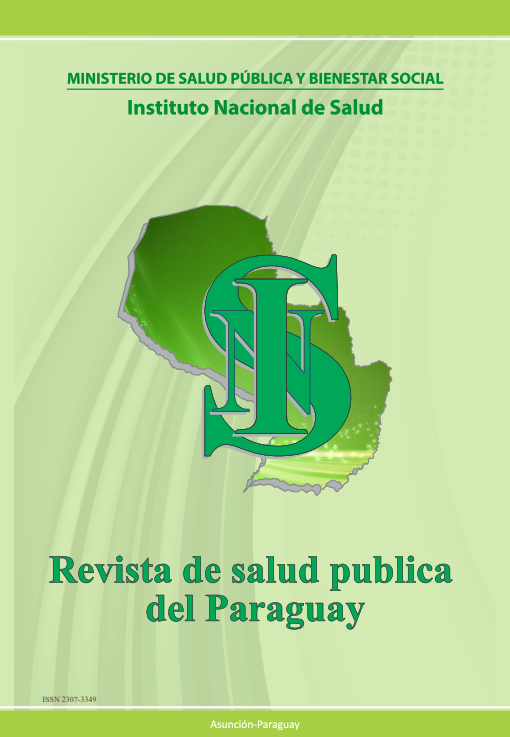Characterization of hysteroscopic and histopathological findings in patients with postmenopausal uterine bleeding treated at a Paraguayan public hospital, 2019-2022
Main Article Content
Abstract
Background: Postmenopausal uterine bleeding constitutes a diagnostic emergency requiring urgent ruling out of endometrial malignancy. In Paraguay, evidence regarding clinical characteristics and diagnostic findings in the public health system is limited, hindering the optimization of management protocols.
Objective: To describe hysteroscopic and histopathological findings in patients with postmenopausal uterine bleeding treated at Itauguá National Hospital, Paraguay, from January 2019 to April 2022.
Materials and Methods: Observational, descriptive, cross-sectional study. A total of 160 postmenopausal patients with uterine bleeding who underwent diagnostic hysteroscopy were included. Demographic characteristics, endometrial risk factors, hysteroscopic and histopathological findings were analyzed using descriptive statistics.
Results: Mean age was 60±8.3 years. The main risk factors identified were obesity (71.9%) and diabetes mellitus (22.5%). The most frequent hysteroscopic findings corresponded to endometrial polyps (43.8%) and endometrial atrophy (31.3%). Histopathological analysis revealed benign polyps (41.9%) and endometrial adenocarcinoma (10.0%). Distribution according to malignancy showed: benign lesions (86.4%), malignant lesions (10.0%), and precursor lesions (3.6%).
Conclusions: Endometrial polyps constitute the predominant finding in postmenopausal uterine bleeding. The significant frequency of adenocarcinoma (10.0%) confirms the imperative need for systematic histopathological evaluation for early detection of endometrial malignancy in the Paraguayan public system, justifying the maintenance of rigorous study protocols in this at-risk population.
Downloads
Article Details

This work is licensed under a Creative Commons Attribution 4.0 International License.

